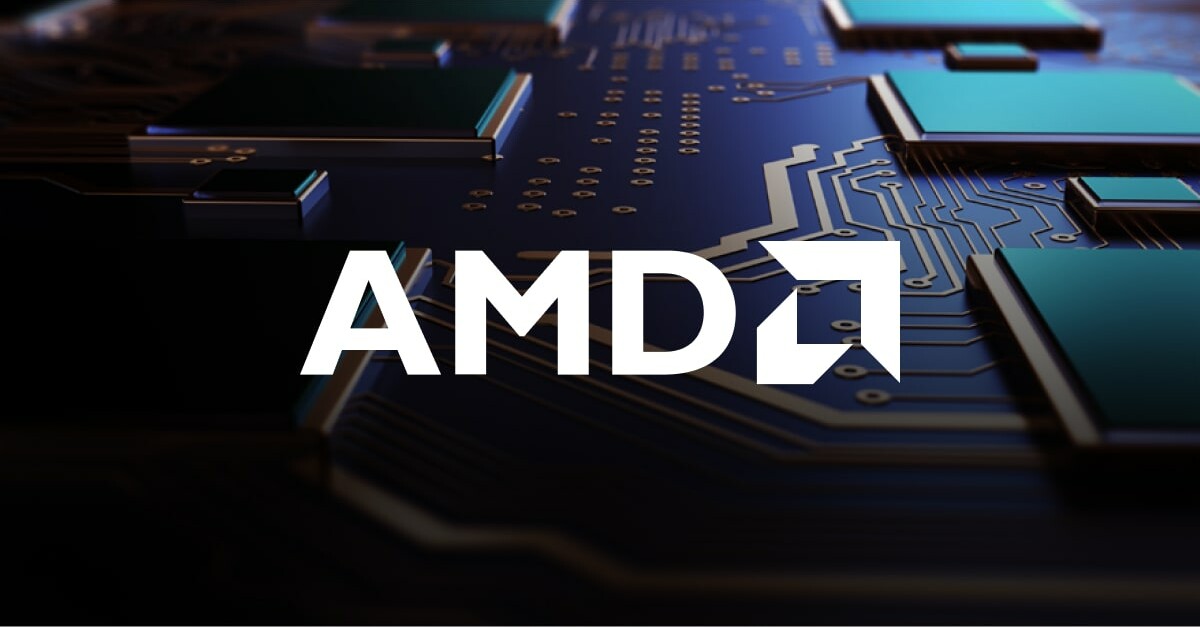It will use the AMD Ryzen AI Z2 Extreme processor. Both current-gen Xbox and PlayStation consoles use AMD Zen 2.
ARM has taken over the mobile/tablet/phone market. Cloud providers like AWS are coming out with their own ARM-based servers.
Qualcomm is getting into Windows PCs/laptops.
Intel faces AMD and ARM for PC and server. Is the console/handheld profit margin just too low for Intel? Can Intel afford not to be in the console/handheld market?
ARM has taken over the mobile/tablet/phone market. Cloud providers like AWS are coming out with their own ARM-based servers.
Qualcomm is getting into Windows PCs/laptops.
Intel faces AMD and ARM for PC and server. Is the console/handheld profit margin just too low for Intel? Can Intel afford not to be in the console/handheld market?



